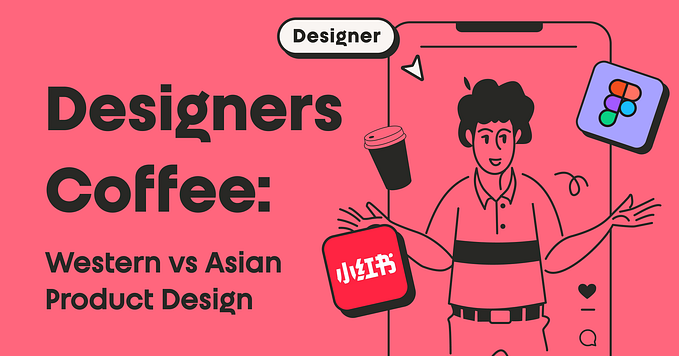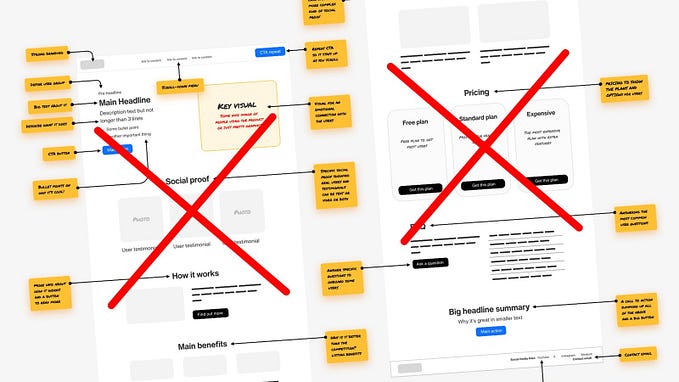Member-only story
Bad service design is death by 1000 cuts
Heeding the tell-tales in an ailing system
We might not spot bad design when things are going well. However, when things begin to break, bad design can literally kill us.

In September 2022, my partner fell ill with a rare liver injury and spent six weeks in hospital. Although he’s home recovering now, this experience is far from over.
We’ve managed well; we’ll be ok. The support of people near and far has been wonderful, and we’ve kept the self-care and our spirits up.
However, throughout it all, I’ve been fraying at the edges from all the little things. This has prompted me to pause and take notice.
Careless design is ordinary and everywhere
Look into any complex system today, and you’re bound to find 1000 points of failure. I’ve had a lot of time to think as I navigated the various interconnected parts of the local hospital, the broader National Health Service (NHS), and beyond.
The purpose of this reflection isn’t to expose or blame any of these services and systems, but rather to shine a light into their darker corners and see what their tell-tales might reveal. From there, we can design better.
What do you notice in the picture below?

This is the main carpark at Wythenshawe Hospital. It’s a pot-holed gravel lot across the street from the hospital entrances. This results in cars arranged in scattered, inefficient configurations, often causing maneuvering headaches for stressed visitors.
The busy main road that separates the visitors from their ill loved ones has only two crossings, arbitrarily placed at far ends. I unwittingly played Frogger on that road many times (and I survived many near hits).
The narrow paved entrance into the carpark is down the road; the able-bodied swing their legs over the wood rails. The rest must go all the way around.
Manchester is nicknamed the Rainy City, and more often than not the carpark is a…










